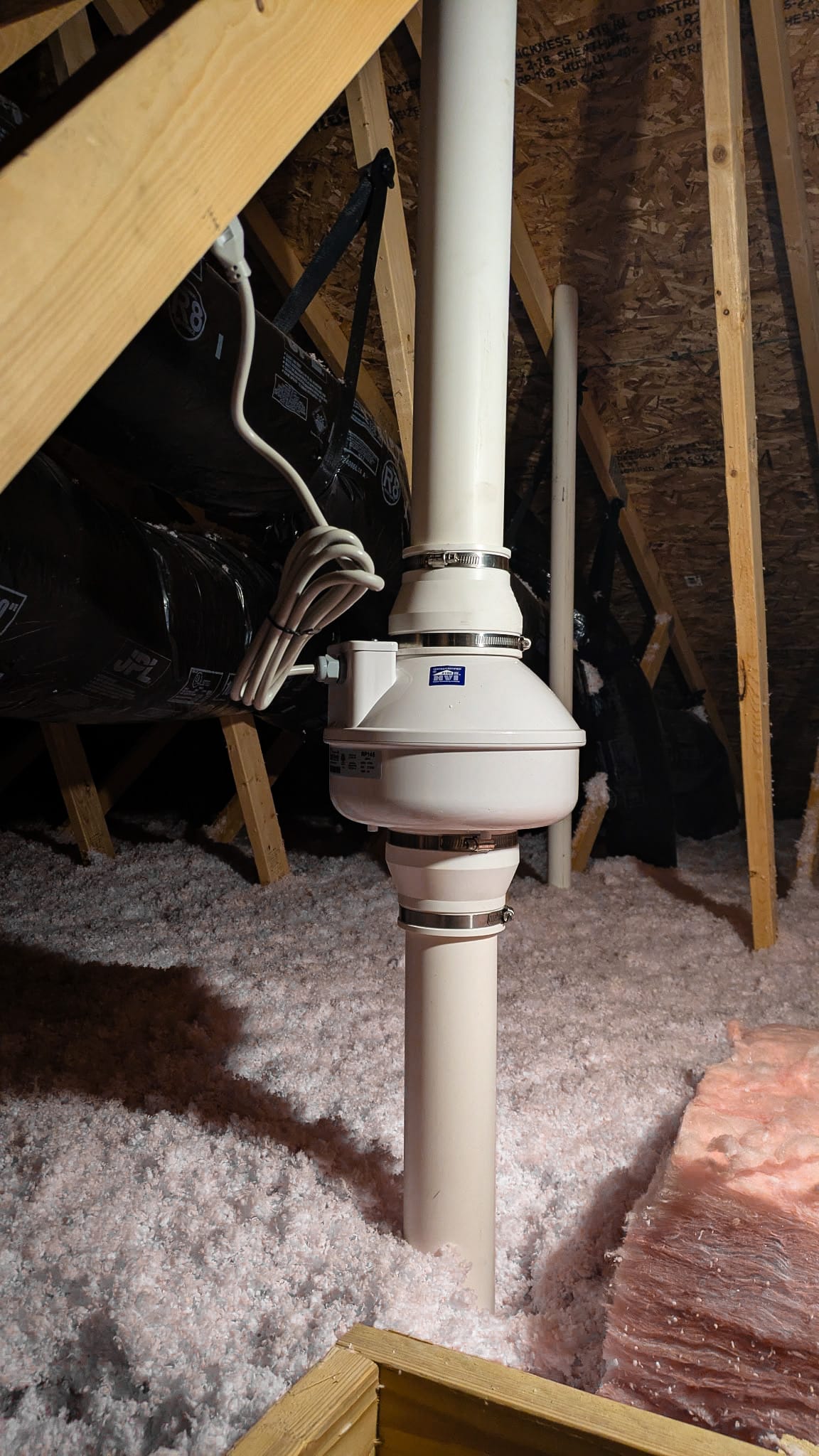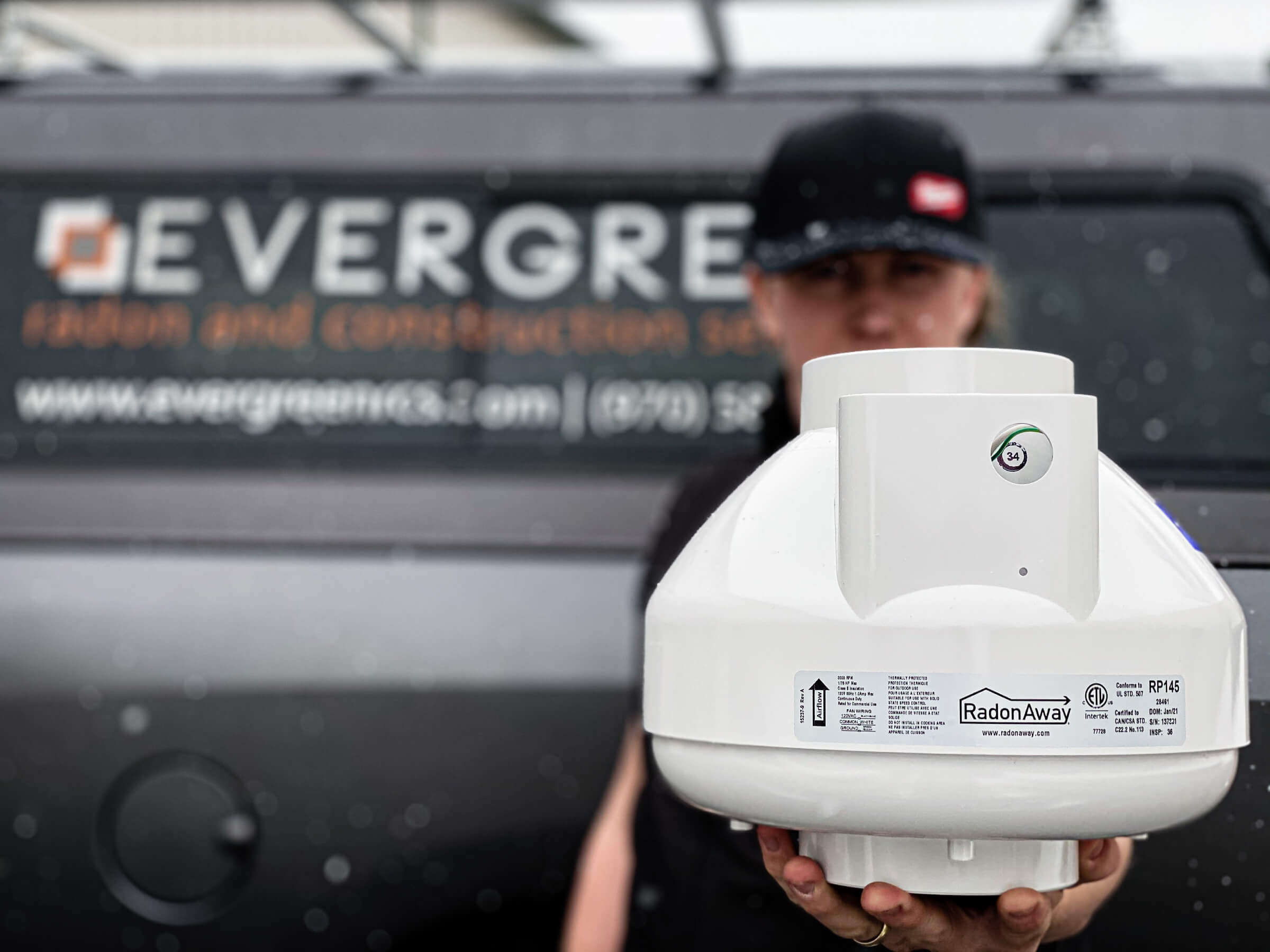Trusted Wellington Radon Mitigation Experts
Wellington homeowners trust our radon mitigation expertise for safety. Our advanced solutions ensure a healthy and secure indoor atmosphere.
Trust Evergreen Radon and Construction Services for your home’s safety and comfort.

Effective Radon Management
Our Wellington radon mitigation services deliver exceptional protection, assuring homeowners of safety and peace in this scenic area. Discover the advantages with our expertise:- Expert consultation for personalized solutions
- State-of-the-art radon mitigation systems
- Certified and licensed professionals
- Fast and efficient service delivery
- Proven reduction in radon levels
- Comprehensive follow-up testing
Effective Methods
Our efficient radon mitigation solutions deliver excellent results for all residential properties in Wellington. Discover our tailored approach:
- Precise radon level assessment
- Customized mitigation strategies
- Expert installation teams
- Continuous monitoring systems
- Warranty-backed solutions
- Post-installation support

Assurance
Our services are backed by nationally recognized certifications.
Utilizing state-of-the-art tools for effective mitigation.
Expertise
A highly skilled team dedicated to excellence.
Focus
Putting our customers at the heart of everything we do.
Why Evergreen Radon?
At Evergreen Radon and Construction Services, we pride ourselves on delivering uncompromised radon mitigation services in Wellington. Our team’s dedication ensures your home is a safe haven free of harmful radon gas.
Our Commitment:
- Guaranteed radon level reduction
- Latest technology integration
- Experienced and certified team
Streamlined Radon Mitigation Process
Our three-step process ensures your home is safeguarded against radon with efficiency and expertise.
Consultation & Assessment
Our experts evaluate your home’s radon levels and provide a personalized plan.
Custom Installation
Installation of tailored mitigation systems to effectively reduce radon.
Continuous Monitoring
Ensuring ongoing safety and compliance with regular follow-ups.
Addressing Radon in Wellington
Geological Influences on Radon
Wellington’s location on the high plains, with its mix of clay and loam soils, can lead to varying radon concentrations requiring careful monitoring.
Community Focus
Neighborhoods like Columbine Estates and Boxelder Commons, with both newer and older homes, benefit significantly from tailored radon mitigation strategies.
Environmental and Climatic Impacts
The fluctuating climate, ranging from cold winters to warm summers, causes soil expansion and contraction, which can contribute to radon gas seepage.
The Importance of Professional Mitigation Services
Given Wellington’s unique climatic and geological conditions, professional radon mitigation is crucial to maintaining health standards and ensuring long-term safety for residents.
Your Radon Mitigation Questions Answered
Here are our most frequently asked questions regarding radon mitigation, but feel free to reach out if you have any additional ones.
Our Achievements & Affiliations
Our certifications and affiliations underscore our commitment to excellence in radon management. As trusted leaders, these accomplishments highlight our expertise and dedication to delivering the highest quality service and solutions in the industry.





Facts About Radon
After Smoking
Serving Fort Collins, Colorado and Beyond
Evergreen Radon and Construction Services proudly provides top-tier radon mitigation and construction services across a wide range of locations in Colorado, ensuring that quality and safety are just around the corner for our clients.
Locations
- Fort Collins, CO
- Loveland, CO
- Windsor, CO
- Cheyenne, Wyoming
- Greeley, CO
- Estes Park, CO
- Drake, CO
- Red Feather Lakes, CO
What Our Customers Say
About Our Services
Resources About Radon SERVICES
Explore our comprehensive resources to understand radon and why it’s crucial for ensuring safe living and working environments. Our expert insights empower you with knowledge for effective radon management.
How much do radon mitigation systems cost?
What to look for when hiring a radon mitigation company
Where Does Radon Come From in Colorado?
Ensure Your Wellington Home Is Radon-Safe Today!
Protect your family with Evergreen Radon and Construction Services’ expert mitigation services. Our professional team guarantees optimal safety from harmful radon exposure, providing peace of mind and healthier living conditions. Act now for a safer tomorrow.
Get a quote today!
"*" indicates required fields



